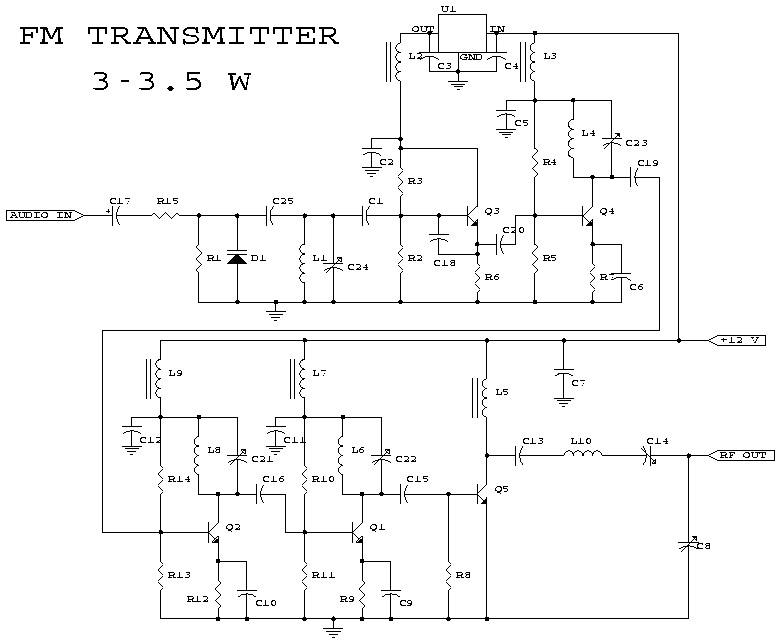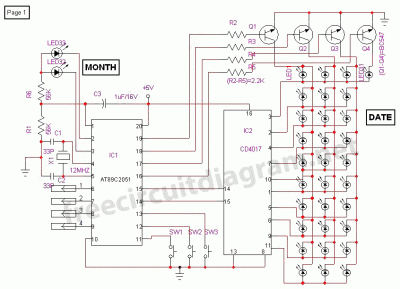
Display tube using a constant current circuit for steady flow tube

A display tube utilizing a constant current circuit to ensure a steady flow through the tube.
The display tube operates on the principle of maintaining a constant current to achieve consistent brightness and performance. The circuit typically comprises a current source that regulates the amount of current flowing through the tube, thereby preventing fluctuations that could lead to variations in brightness or performance degradation.
Key components of the constant current circuit may include a transistor or operational amplifier configured to adjust the current based on feedback from the tube's operation. This feedback mechanism ensures that the current remains stable despite changes in voltage or resistance within the circuit.
Additionally, the design may incorporate resistors to set the desired current level, as well as capacitors for filtering noise and providing stability in the circuit. The use of a constant current source is particularly advantageous in applications where precise control over the display characteristics is critical, such as in digital displays or instrumentation panels.
In summary, the implementation of a constant current circuit in a display tube is essential for achieving reliable operation and maintaining the integrity of the visual output, making it a vital component in modern electronic display systems.Display tube using a constant current circuit for steady flow tube
The display tube operates on the principle of maintaining a constant current to achieve consistent brightness and performance. The circuit typically comprises a current source that regulates the amount of current flowing through the tube, thereby preventing fluctuations that could lead to variations in brightness or performance degradation.
Key components of the constant current circuit may include a transistor or operational amplifier configured to adjust the current based on feedback from the tube's operation. This feedback mechanism ensures that the current remains stable despite changes in voltage or resistance within the circuit.
Additionally, the design may incorporate resistors to set the desired current level, as well as capacitors for filtering noise and providing stability in the circuit. The use of a constant current source is particularly advantageous in applications where precise control over the display characteristics is critical, such as in digital displays or instrumentation panels.
In summary, the implementation of a constant current circuit in a display tube is essential for achieving reliable operation and maintaining the integrity of the visual output, making it a vital component in modern electronic display systems.Display tube using a constant current circuit for steady flow tube





